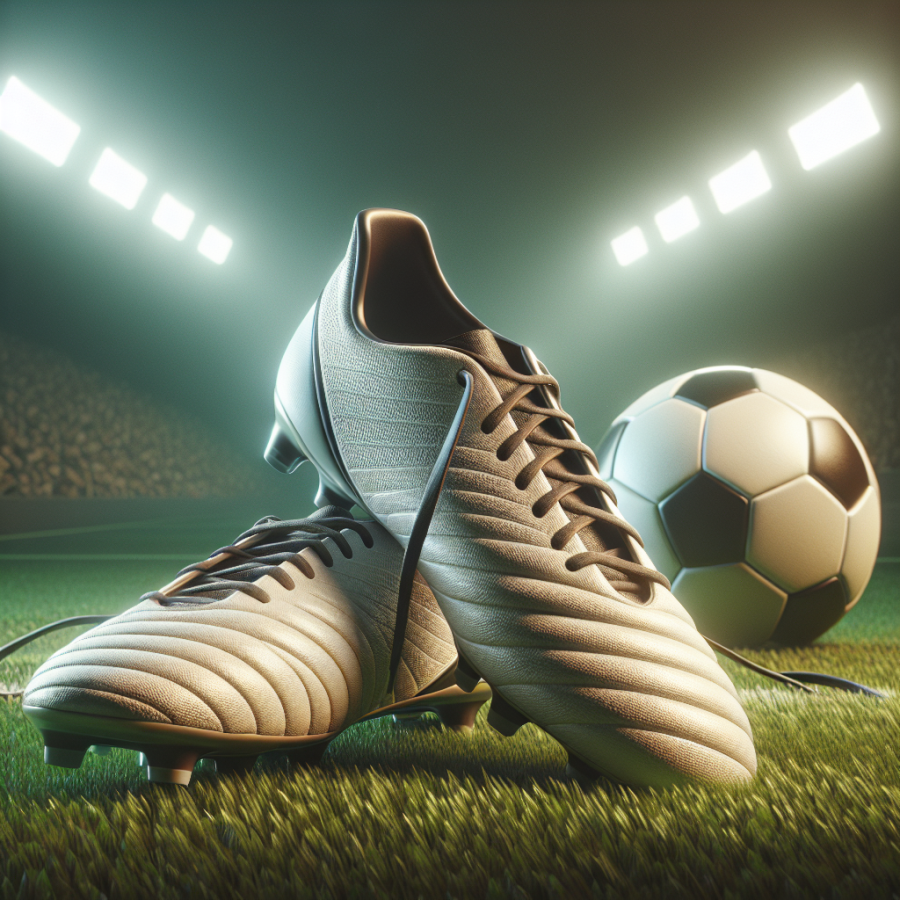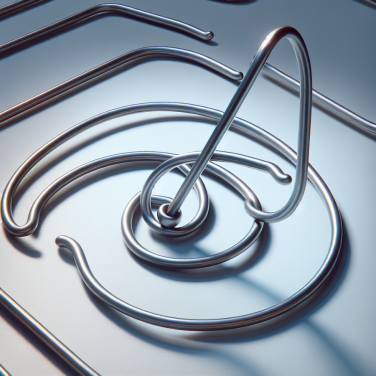Exploring the Stretchability of Soccer Cleats for Enhanced Comfort
Soccer players across the globe can attest to the importance of having a comfortable pair of soccer cleats. While performance and traction are often the primary focus when selecting a pair, the stretchability and overall flexibility of the shoe material also play a crucial role in the comfort and fit of the cleats.
One of the common materials used in soccer cleats is leather, traditionally prized for its ability to mold to the foot's shape. Over time, leather can stretch slightly, conforming to the unique contours of the player's foot, thus enhancing comfort during play. The process of breaking in leather cleats can be accelerated through proper care, such as regular conditioning and avoiding excessive moisture which can lead to the leather becoming too supple and losing its shape.
In contrast, modern soccer cleats often incorporate synthetic materials that are engineered for durability and performance. The degree to which these materials can stretch varies widely. High-quality synthetics are designed to provide a snug fit while offering some degree of give. This is to ensure that as the foot moves and flexes within the cleat, the material is able to stretch slightly to accommodate these movements without causing discomfort or restricting blood flow.
New technologies have also been developed in cleat design to enhance their stretchability. These include knit and mesh uppers which offer a more adaptive fit, stretching to accommodate wide or irregular-shaped feet. These materials, combined with a well-designed lacing system, can significantly improve the fit and feel of the cleats on the field.
To further facilitate the comfort of soccer cleats, it is essential to choose the correct size. Cleats that are too small will not stretch sufficiently to become comfortable, while those that are too large risk blisters and poor performance due to lack of proper foot support. Additionally, specific stretching exercises for the feet and breaking in the cleats through gradual wear can help the material stretch at specific points where additional room might be needed.
Players should also consider their playing surface. Firm ground cleats offer less stretch as they are designed to provide maximum stability on harder surfaces. Alternatively, soft ground cleats, designed for use on softer, muddier fields, often include more pliable materials that can provide added comfort for the foot.
Last but not least, players can look to insoles for comfort enhancement.
Read also:
Understanding the Effects of Water Exposure on Golf Carts
The Role of Flexibility in Soccer Cleats: How They Adapt to Your Feet
Soccer cleats have undergone a significant transformation over the years, evolving from mere protective footwear to state-of-the-art gear that enhances performance. A critical aspect of this evolution is the flexibility of soccer cleats, which plays an instrumental role in how they adapt to the unique contours of a player's feet.
To begin with, modern soccer cleats are constructed with various synthetic materials that can offer both durability and flexibility. Manufacturers often integrate materials like thermoplastic urethane (TPU) and polyurethane (PU) with natural leathers to achieve a balance between a supportive fit and the ability to stretch slightly when needed. This is vital as it allows the cleats to mold to the player's feet, providing a personalized fit that can enhance comfort and control.
Flexibility also relies heavily on the design of the cleats. Features such as strategically placed flex zones or grooves in the soleplate allow the cleat to move in tandem with the foot's natural flexion, rather than restricting it. By bending with the foot, these flex zones ensure that players can make quick directional changes and agile movements without their footwear impeding them or causing discomfort.
Soccer cleats also come with different lacing systems that contribute to their flexibility. Some utilize traditional laces that can be adjusted for tightness, while others employ more innovative solutions like laceless designs with elasticated material to secure the foot. This adaptability in lacing systems can make a significant difference in how the cleats conform to the feet, as it allows players to fine-tune the fit to their exact preference, which can change over time or even during a game.
Furthermore, the insoles and padding within soccer cleats can also play a part in adaptability. Insoles made of materials that compress and rebound, like memory foam, adapt to the shape of the foot, providing a custom bed for the sole to rest on. They can offer both comfort and enhance the shoe's ability to conform to the foot's shape over time.
It's worth noting, however, that there is a delicate balance between flexibility and stability. While flexibility is essential for comfort and movement, too much of it can lead to a lack of support, which may increase the risk of injuries. Thus, manufacturers invest heavily in research and development to discover the optimal combination that enables the cleats to stretch and adapt to the feet without sacrificing the structural integrity needed for performance and safety.




